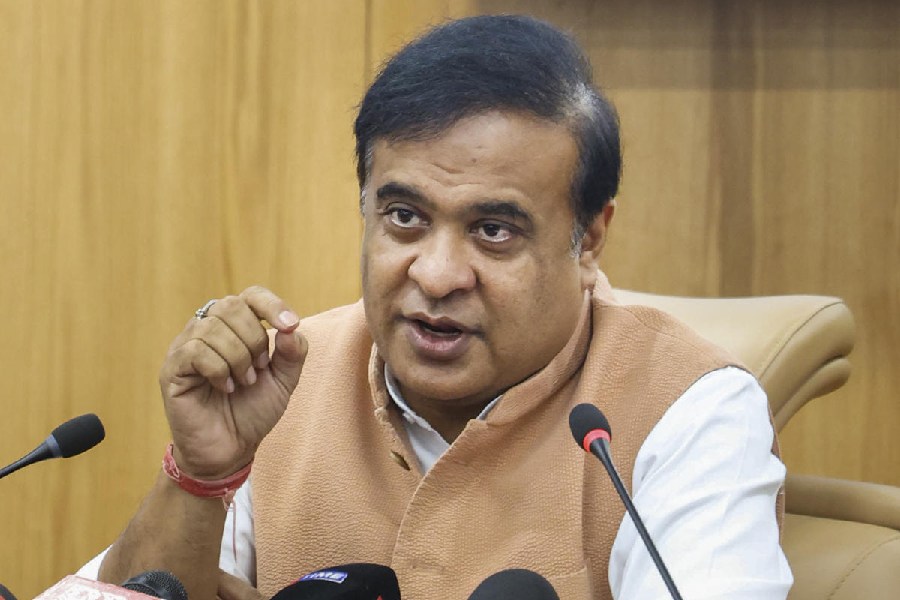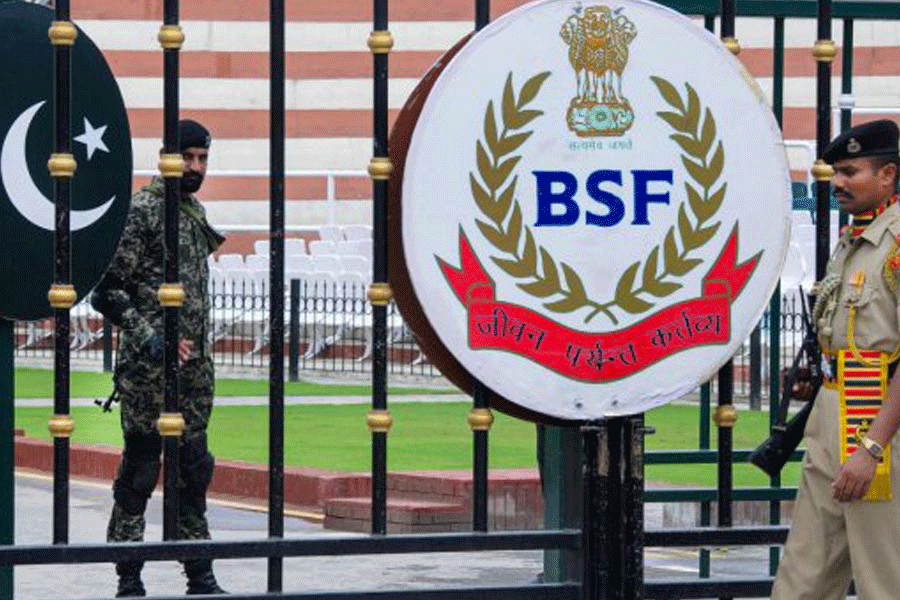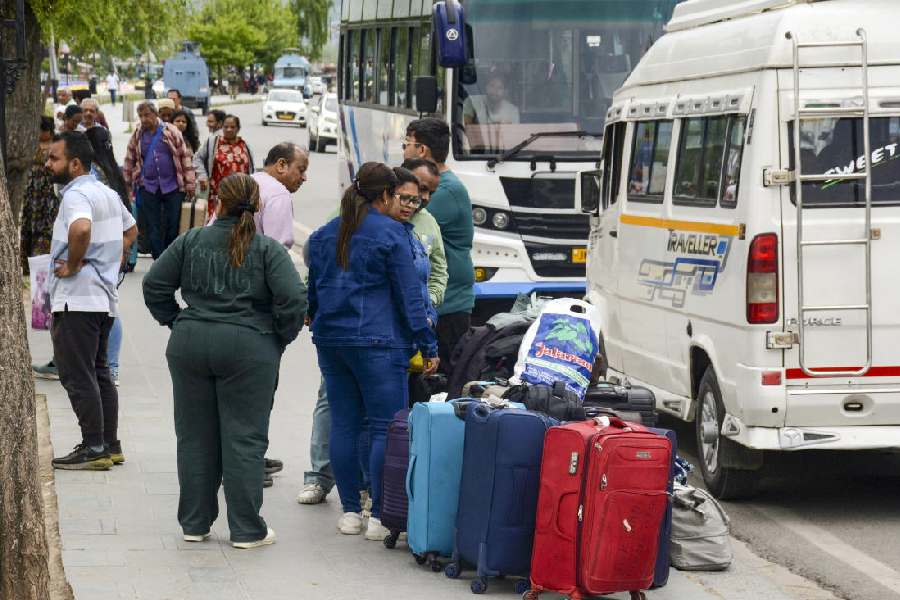
How would you like to learn grammar, writing skills or even your constitutional rights, out of a comic book? That is a revolutionary - though no less effective - idea considering that comic books or comics were considered beyond the pale by teachers and parents till just the other day.
Even as late as the 1980s, students were banned from bringing comics to school. While Indrajal Comics - with Phantom and Diana, Mandrake and Narda, Bahadur and Bela - was ruling the minds of schoolchildren, teachers considered these visual and text narratives detrimental to learning. Comic books were regularly confiscated, though that did not stop children from reading them or exchanging them with friends - the reason they brought comics to school. Even Amar Chitra Katha comics on the Ramayana and the Mahabharata did not escape the no-comic-in-school rule.
This attitude was not limited to India. In the US, educators tried to protect children from the negative influence of these "cheap thrill" books by enacting the infamous Comics Code that nearly killed comics publishing. Things were no better in Europe.
It was the new millennium that brought a change. In 2001, educator Michael Bitz launched The Comic Book Project (CBP) at an elementary school in Queens, New York City. The next year, Columbia University's Teachers College incubated CBP. In 2003, CBP was implemented in all the schools of New York City and Cleveland. Fifteen years later, CBP is a renowned literacy initiative that "engages young people in the process of planning, writing, designing, and publishing original comic books". The thrust of the programme is to "encourage students to become active learners and content creators, rather than mere information receivers."

Toon Books of New York, on the other hand, invited renowned cartoonists to create comic books that would be suitable for classroom learning. Started in 2008 by Françoise Mouly, art director of The New Yorker, comics from Toon Books have become a regular feature in US classrooms in the last decade. These are "vetted by educators to ensure that the language and narratives will nurture young minds." Mouly thinks comics have the power to create better readers. Her belief is born out of personal experience: she came to the US in 1974 and taught herself English by reading comics.
These two success stories notwithstanding, comic books are still suspect as far as many educators are concerned. However, there is a lot that comics can contribute to education. There has already been a rise in popularity of comic-style books - adapted from classic literature, biographies, science, maths and other subjects.
In India too, schools have started to make peace with comic books. "We have Asterix and Tintin books in our library," says the principal (who did not wish to be named) of a reputed private school in Calcutta. "We do not actively discourage students from reading comics," she adds. She is not convinced that comic books can be part of classroom teaching though, "maybe a chapter in the prose collection can be in comic form," she says. "While I like the creativity in comics, the use of language in those works is an issue."
Sharmistha Bannerjee, headmistress, Bidya Bharati Girls' High School, Calcutta, echoed the same sentiment. "Comics can be used in classrooms as visual representations of a concept but it is not a substitute for a school text," says Bannerjee who does not believe in confiscating comics from students. "Comics is a new language," she says, "but the text in them is not up to scratch." She is ready to experiment with comics as a teaching aid to encourage reading but not as a text.
In Ahmedabad, lawyer sisters Kanan and Kelly Dhru have launched Lawtoons. "It uses illustrations to make laws and legal rights easier to understand as well as fun to learn," says Kanan. "I am overwhelmed by the response I received from schools after the comic book was launched," she says. "Lawtoons Hindi and English comic books are being used by parents and teachers across the country, especially in schools in Surat, Ahmedabad, Bangalore, Sukma village (Chhattisgarh), Delhi and other cities," she adds. "Teachers tell me that students refuse to read a mass of dry text. Books in comic form are bridging the learning gap by encouraging reading," points out Kanan.
Comics and graphic novels now form a part of many English literature courses in India and abroad. The number of doctorate degrees awarded in comics studies is also increasing. However, schools - with a few notable exceptions - are yet to embrace a narrative that is a part of our ancient tradition as seen on scrolls and illustrated manuscripts.










